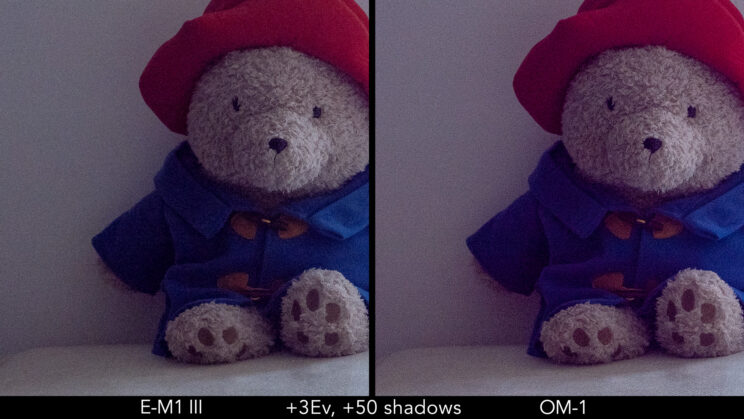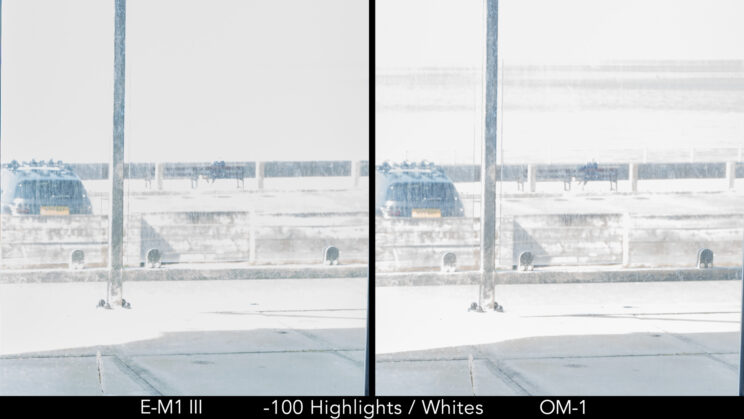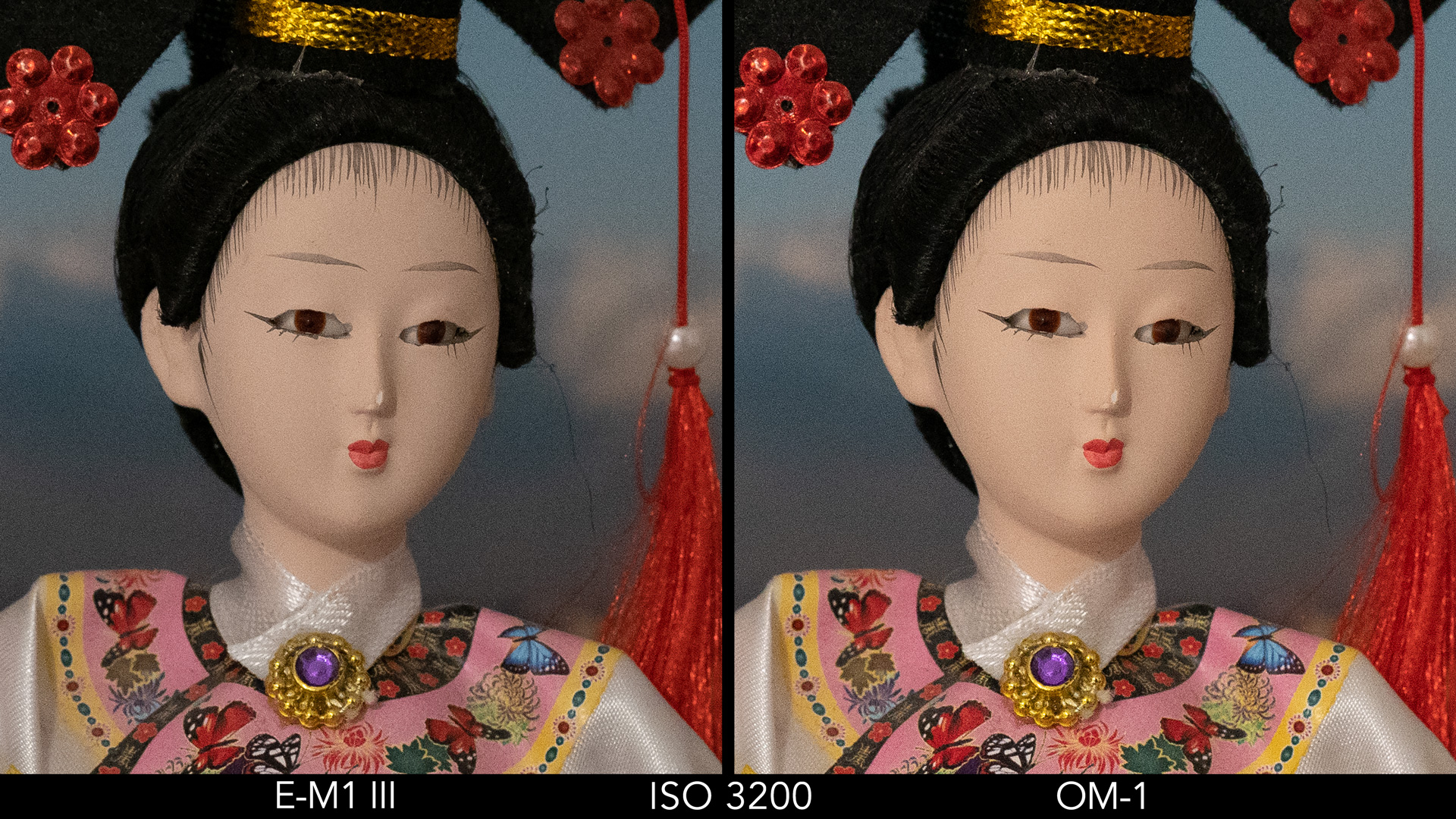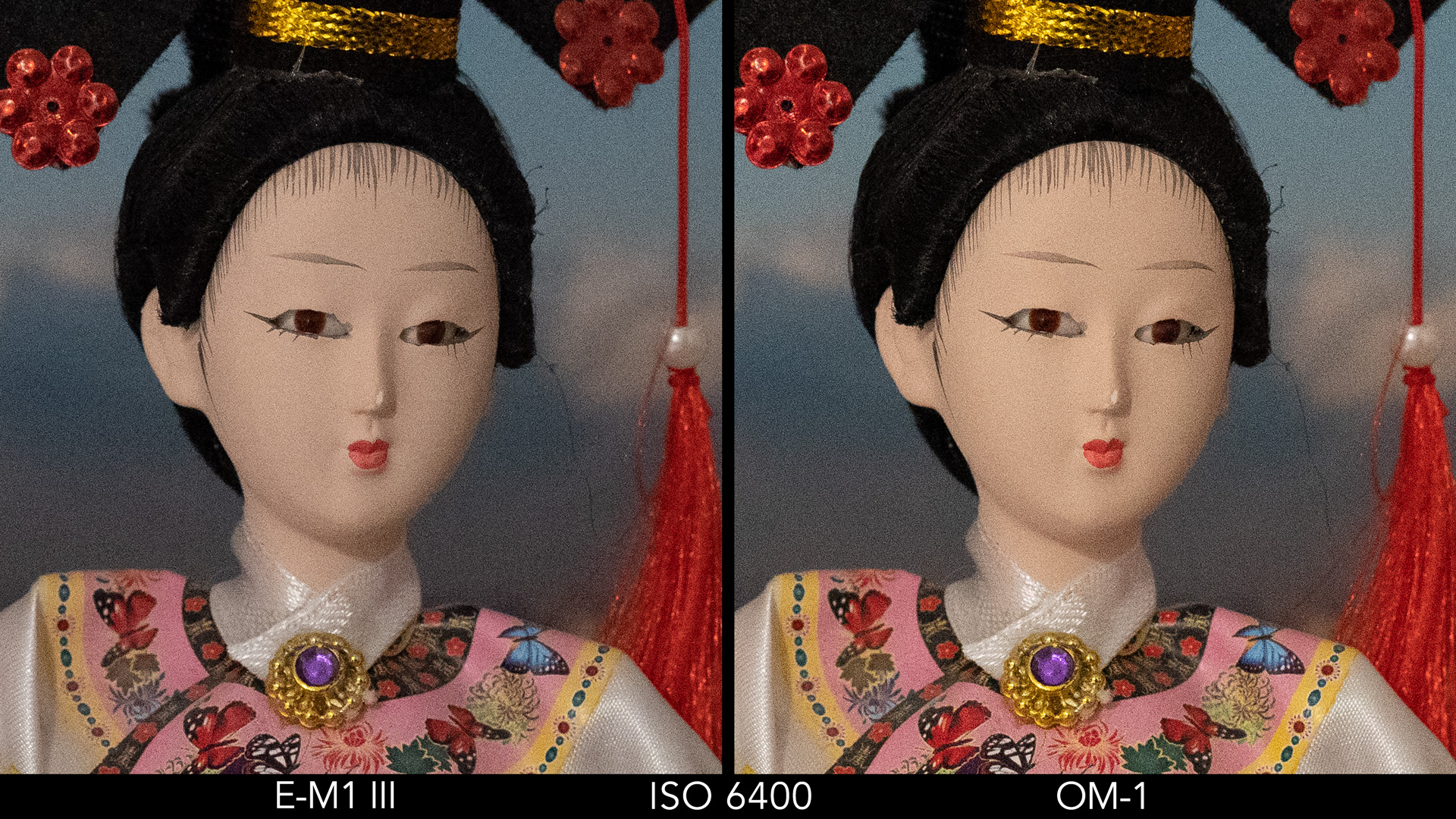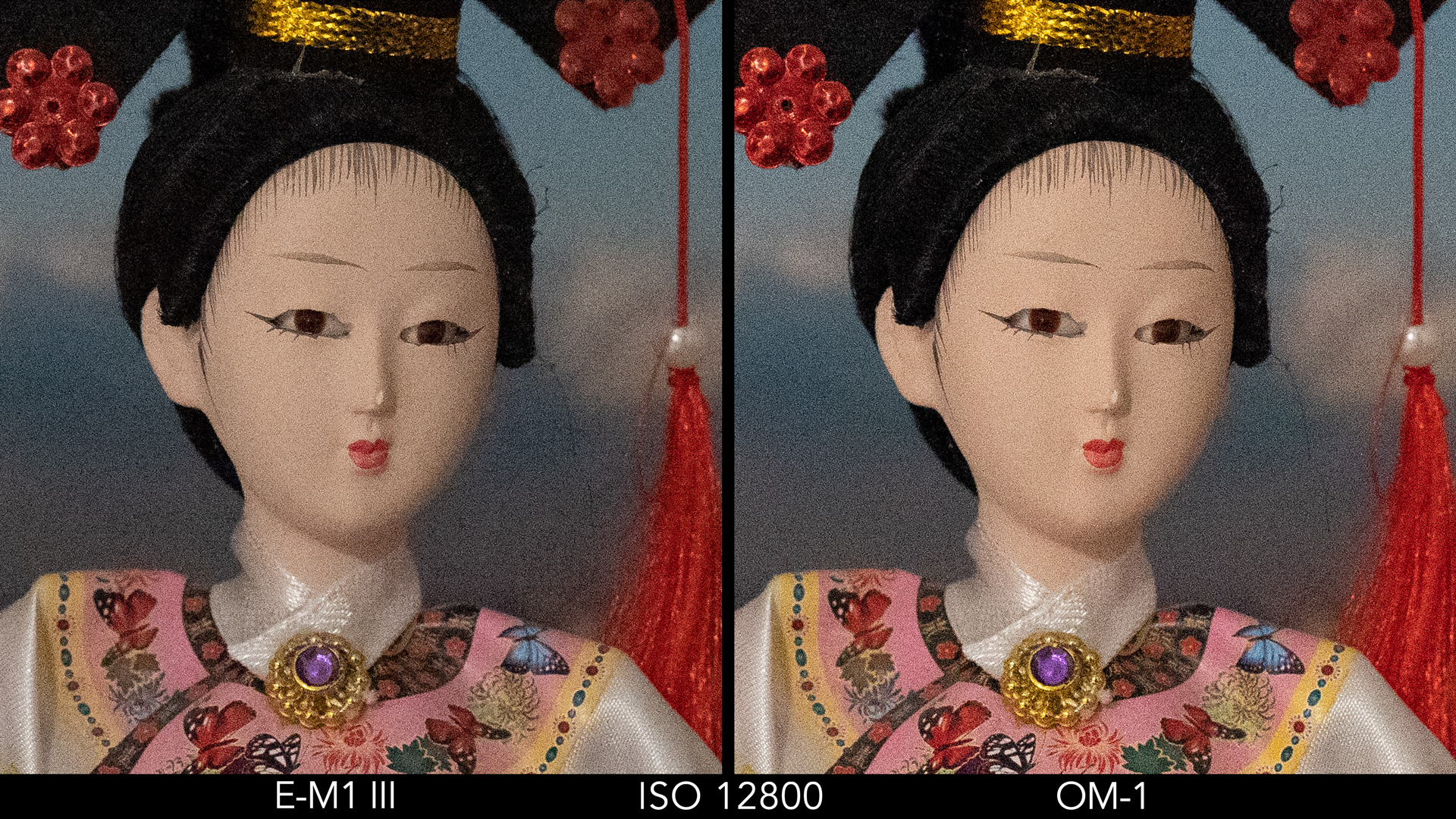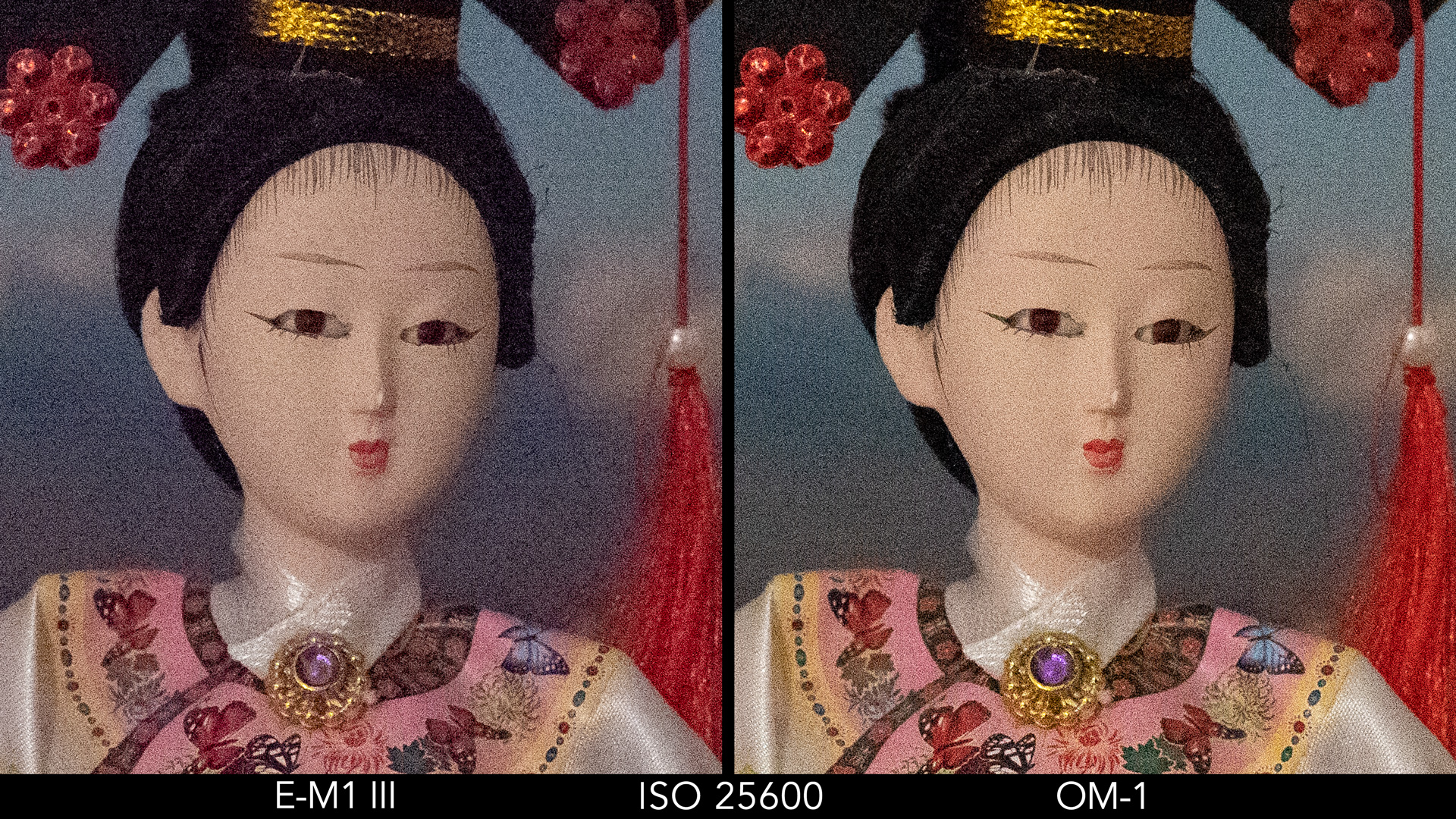The OM-1 was the first camera released under the name of the new OM Digital Solutions company, which bought the Olympus Imaging Business. The Olympus name was left on the top front of the camera as a tribute.
The OM-5, the second model to arrive under the new brand OM System, gets rid of the Olympus name altogether, and is positioned below the high-end OM-1.
There are many differences between these two cameras because they target two different audiences. If you’re curious to know more, this article will tell you everything you need to know.
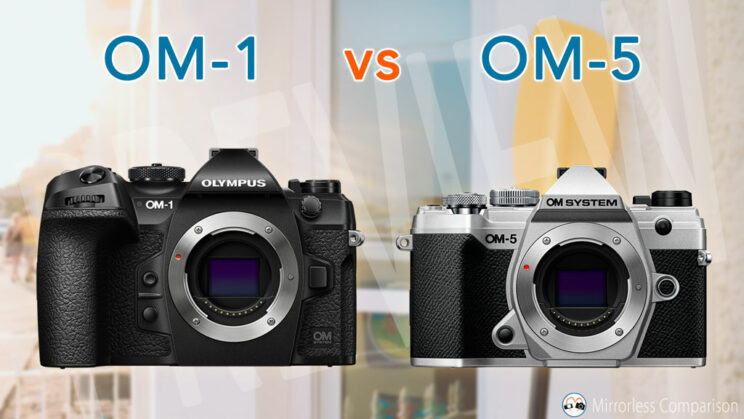
Ethics statement: the following is based on official specs for the OM-5, and our personal experience with the OM-1. We were not asked to write anything about this product, nor were we provided any compensation of any kind. Within the article, there are affiliate links. If you buy something after clicking one of these links, we will receive a small commission. To know more about our ethics, you can visit our full disclosure page. Thank you!
1. Image Quality
Both cameras have a four thirds sensor with a resolution of 20.4MP, but the OM-1 has a completely new version. The sensor is stacked and back-side-illuminated (BSI). That of the OM-5 is older – in fact, it is the same one used in the E-M5 III.
The OM-1 also sports a faster image processor, the TruePic X, whereas the OM-5 uses the TruePic IX.
The new sensor on the OM-1 brings a lot of speed, as we’ll see further down, but it didn’t bring the boost in image quality many of us were hoping for. You can see the test below that shows very similar dynamic range capabilities between the new and old sensor. Note that the images were taken with the OM1 and E-M1 III (the latter has the same sensor as the E-M5 III).
The ISO range has increased as the table below shows you. Here as well the difference is small. The main gain with the OM-1 is more colour accuracy from ISO 6400, and more usable images up to 25,600. But the amount of noise remains very similar overall.
Once again, the images below were taken with the E-M1 III, whose sensor and image processor is identical to that of the OM-5.
Camera
Normal range
Extended range
OM-5
200 – 6,400
64 – 25,600
OM-1
200 – 25,600
80 – 102,400
2. Autofocus
With the new sensor, the OM-1 gets a new autofocus system that features 1,053 points distributed across the entire sensor area.
The OM-5’s AF system is based on that of its predecessor, with 121 points covering 70% of the sensor.

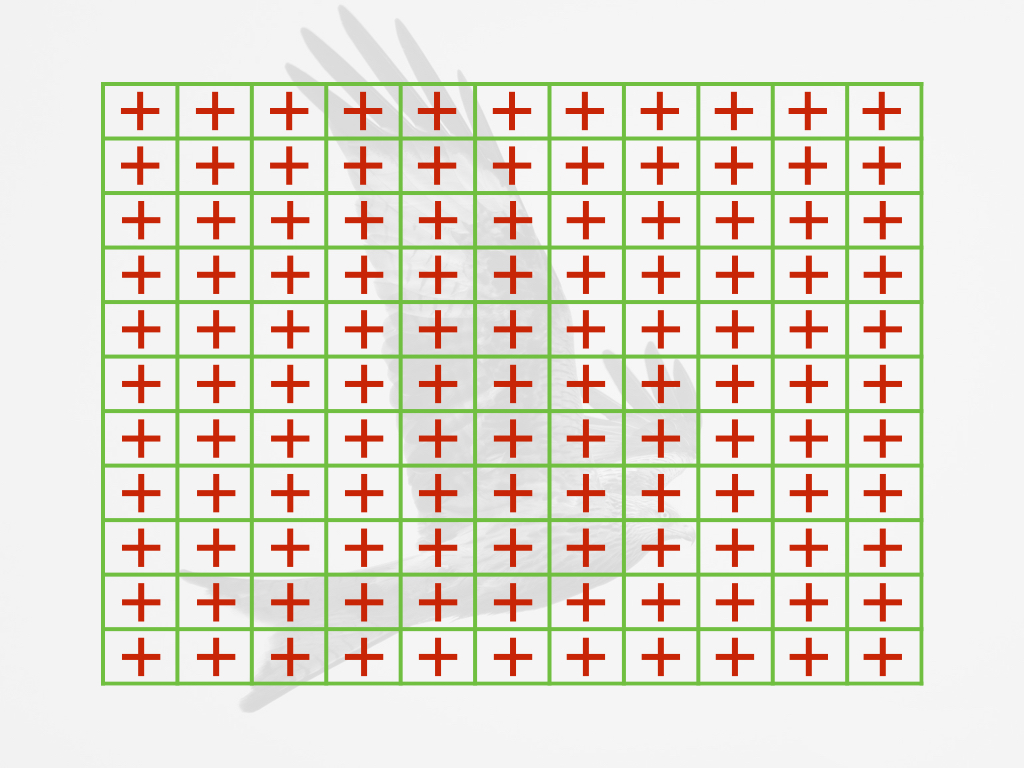
Note that in each case, the points are hybrid (phase and contrast detection), and the phase points are cross-type.
The superior AF of the OM-1 is also a question of software, with the flagship using deep learning technology to automatically recognise animals, birds, cars, motorcycles, planes, helicopters and trains.
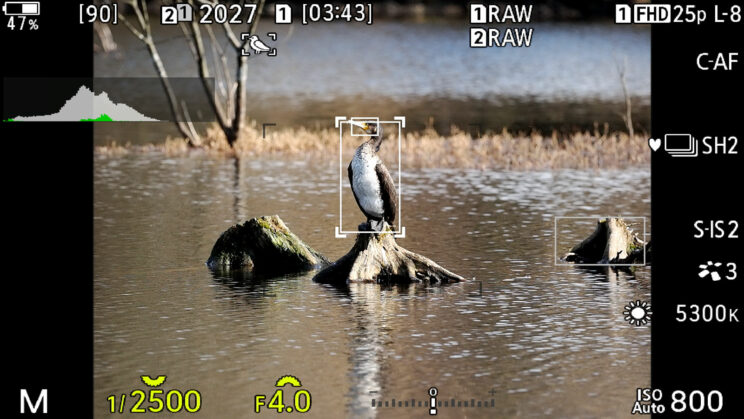
There are a few things the two cameras have in common, like the StarrySky AF mode (learn more about this in my dedicated article).
In my tests, the OM-1 proved to be a very good step forward in autofocus performance, particularly when it comes to birds in flight, but also face and eye detection for humans has improved.
The OM-5 relies on the old system, which is decent and capable, but not up to the standard of the latest cameras on the market.
3. Drive Speed
This is another area where the differences are significant.
The OM-1 can work up to 50fps when using AF and AE tracking, or up to 120fps when focus and exposure are locked on the first frame. At 25fps or 50fps (with the SH2 burst mode), the camera works with live view and no blackouts.
The OM-5 can’t compare: it goes up to 10fps with C-AF, or 30fps without continuous autofocus.
Note that on both cameras, the fastest speeds are available with the electronic shutter. On the OM-1, 50fps works with select lenses only (check my full review to find out more about this).
The Pro Capture mode, which allows you to save frames before fully pressing the shutter button, is available on both cameras.
4. Video
The OM-1 can record 4K up to 60p, with a choice of H.264 or H.265 codec. The latter allows you to record 10-bit 4:2:2 footage internally, when using the OM-Log400 or HLG profile. I also found it gives you better sharpness and detail rendering.
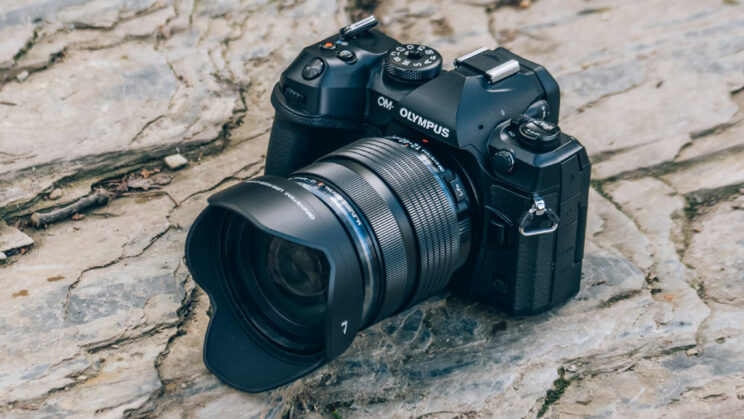
In Full HD, the OM-1 can record up to 240fps (with a 1.28x crop).
You can also output 12-bit RAW video via the HDMI port, and save the footage using the Atomos Ninja V recorder.
The OM-5 can record 4K up to 30p, and Full HD up to 120p. It has the OM-Log400 but no HLG profile. Internal recording is limited to 8-bit 4:2:0.
Concerning audio, the OM-1 has a microphone input and a headphone output (3.5mm jack), whereas the OM-5 has just the mic input.
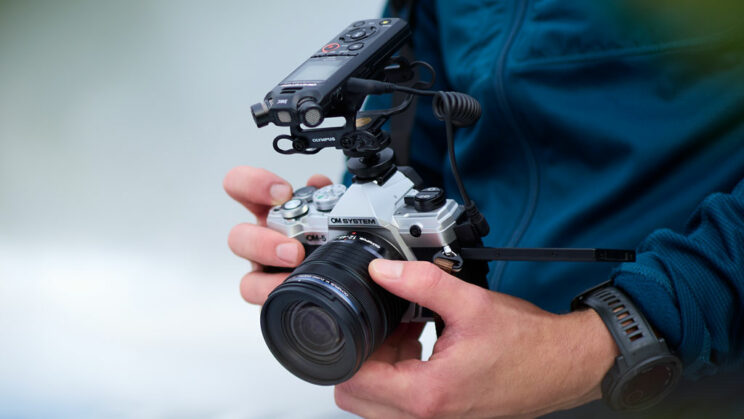
5. Stabilisation
Both cameras feature in-body image stabilisation, but the performance is different, at least on paper.
The OM-1 has a compensation rating of 7 stops for the body alone, or 8 stops when using Sync IS (compatible lens with optical stabilisation).
The OM-5 is not far behind, with 6.5 stops for the sensor alone, and 7.5 stops with Sync IS.
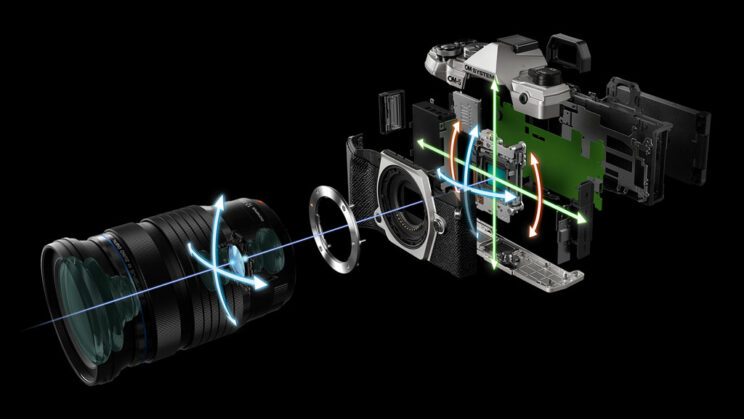
This means that, in the real world, you shouldn’t see any relevant difference.
Additionally, the flagship model has a Hand-Held Assist setting that gives you a visual aid on the screen to help you be more stable.
On both cameras, stabilisation is available during movie recording, with the option of using digital stabilisation as well.
6. Design
The OM-1 is larger, heavier and features a bigger front grip. The two cameras are weather sealed with an IP53 rating.
- OM-1: 134.8 x 91.6 x 72.7mm, 599g
- OM-5: 125.3 x 85.2 x 49.7mm, 366g
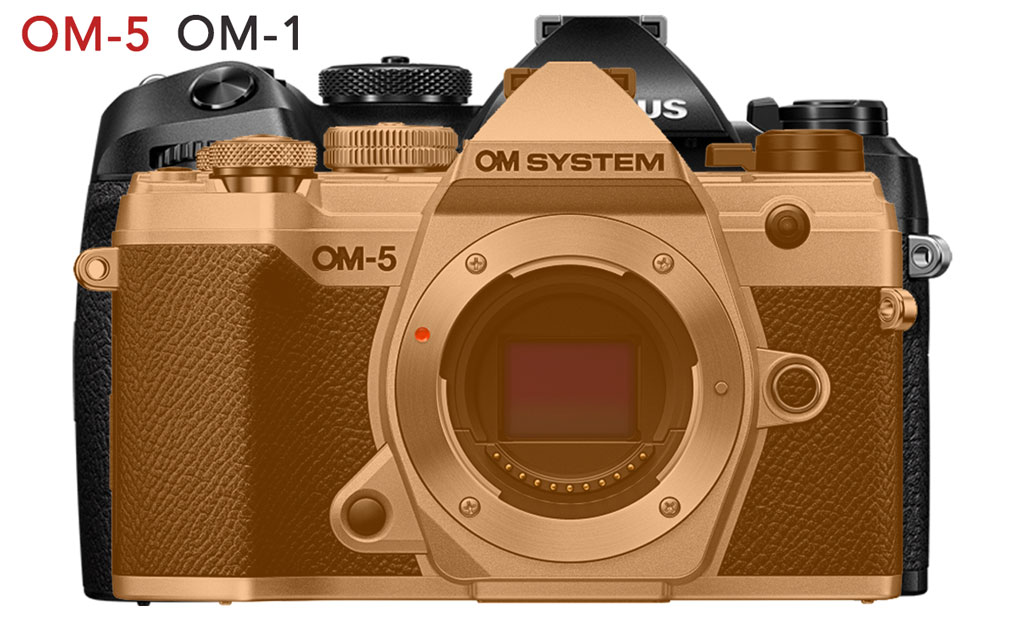
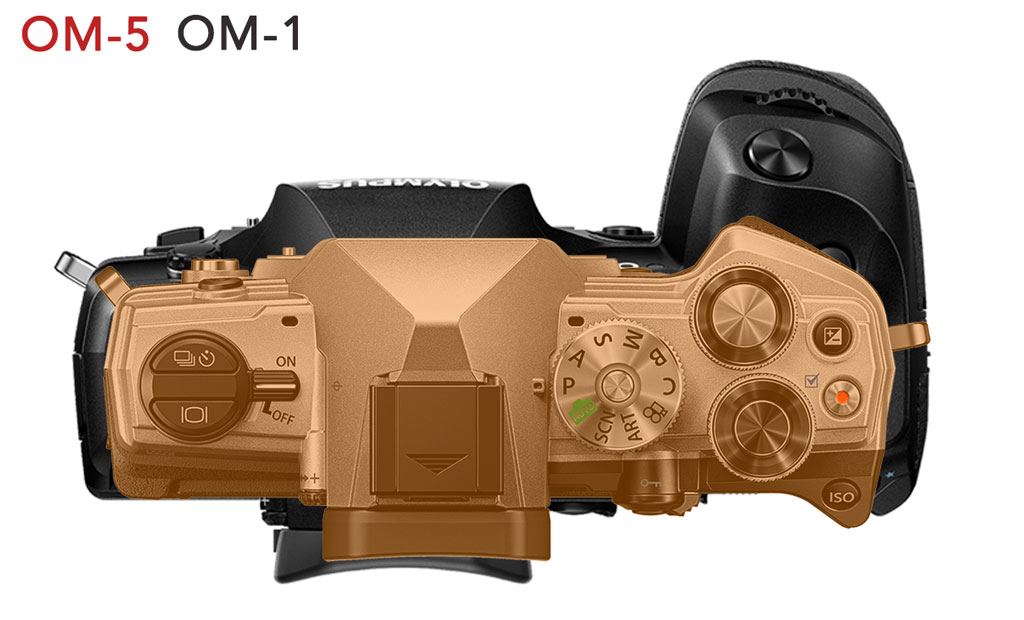
Concerning the controls, the OM-1 has more function buttons and an AF Joystick at the rear.
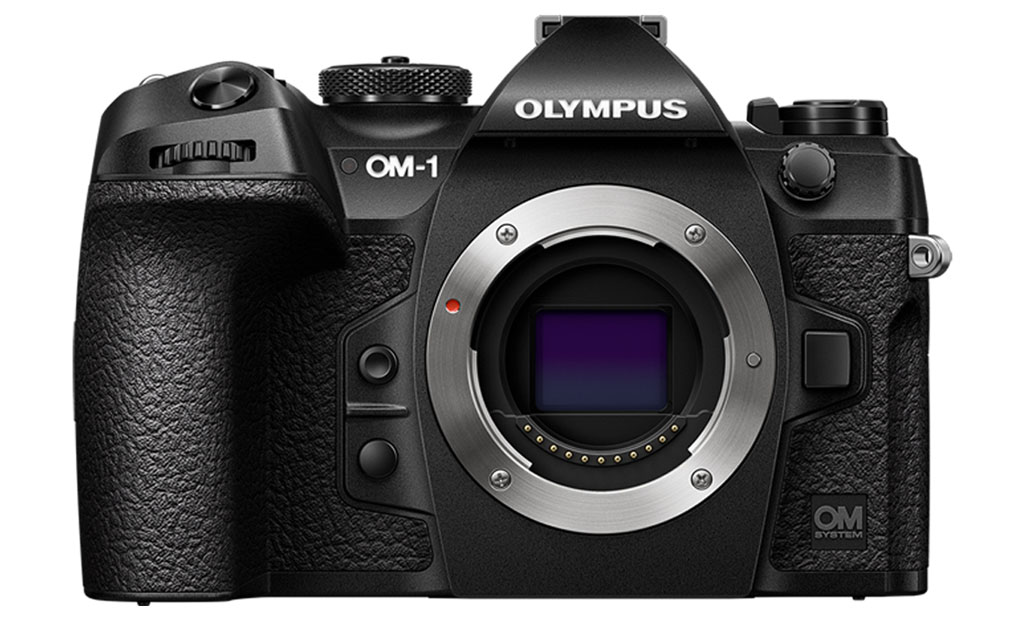
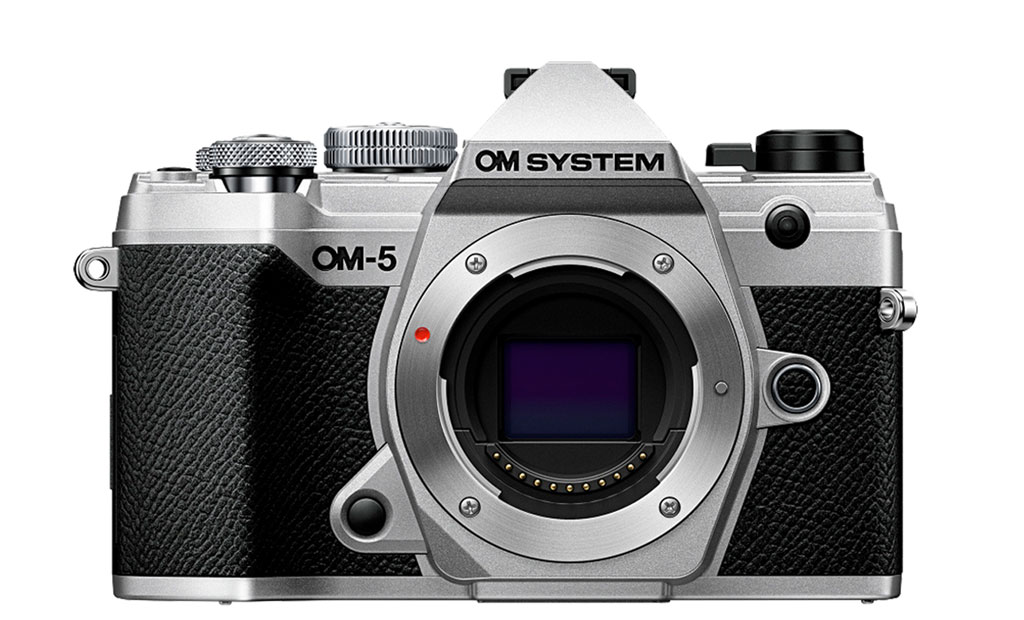
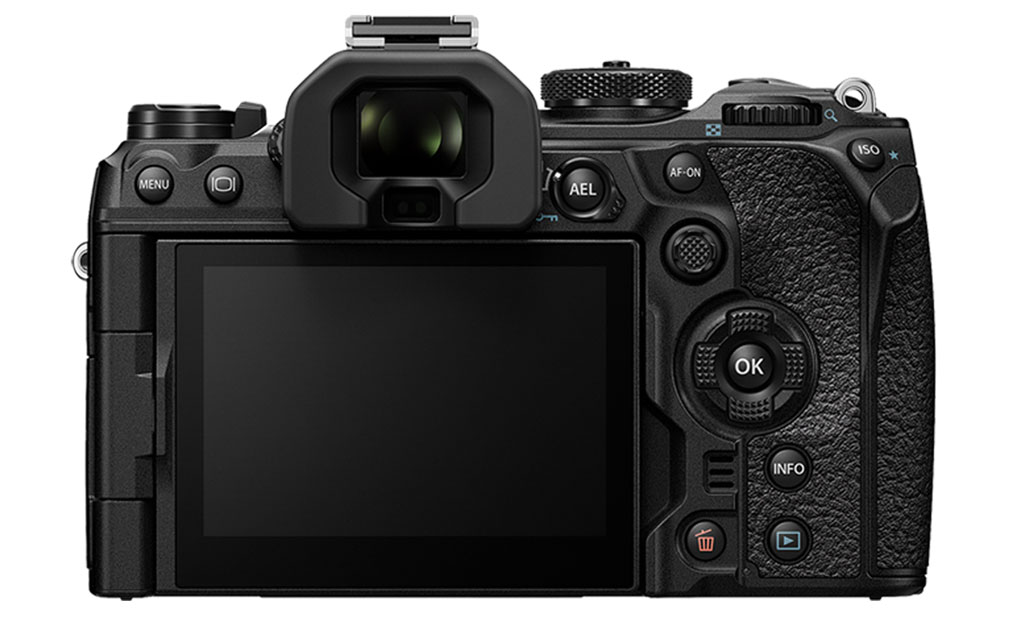
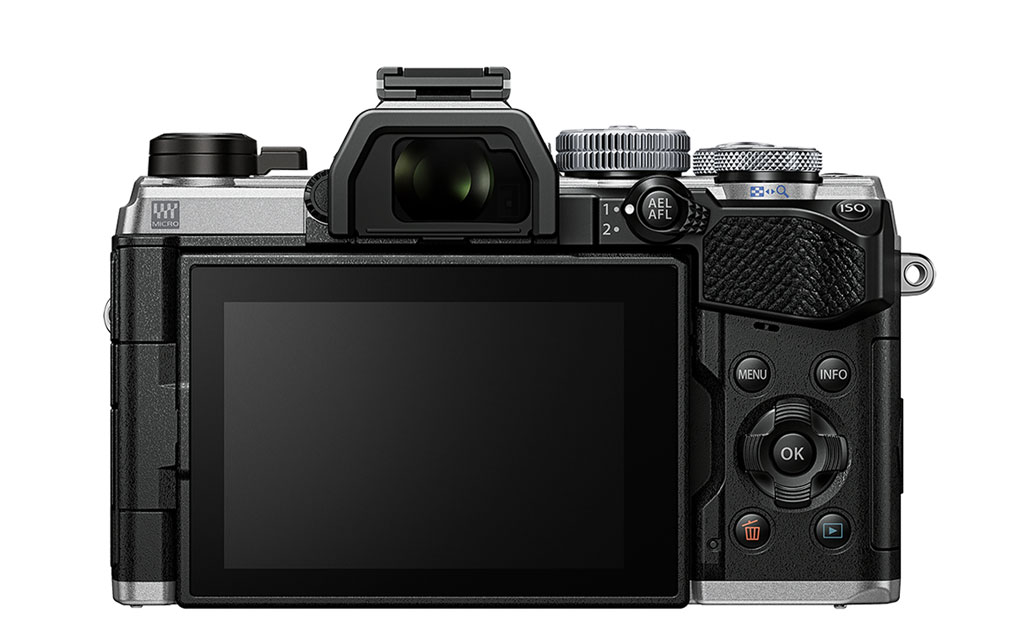
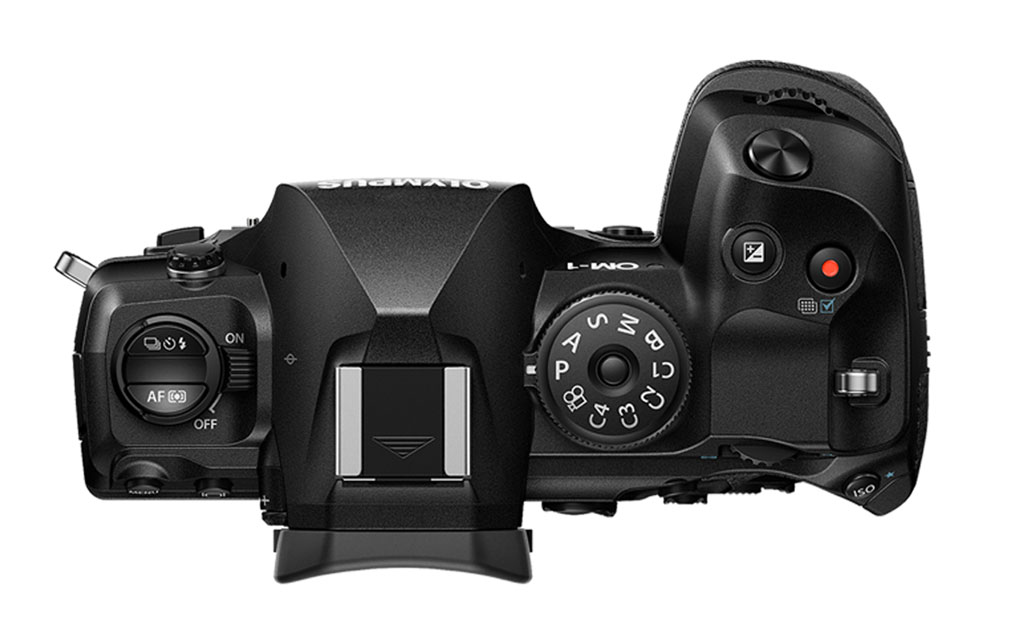

Finally, the OM-1 introduced a completely re-designed menu system, which is much easier to learn and navigate. I think it is one of the best on the market. Sadly, the OM-5 still uses the old software.

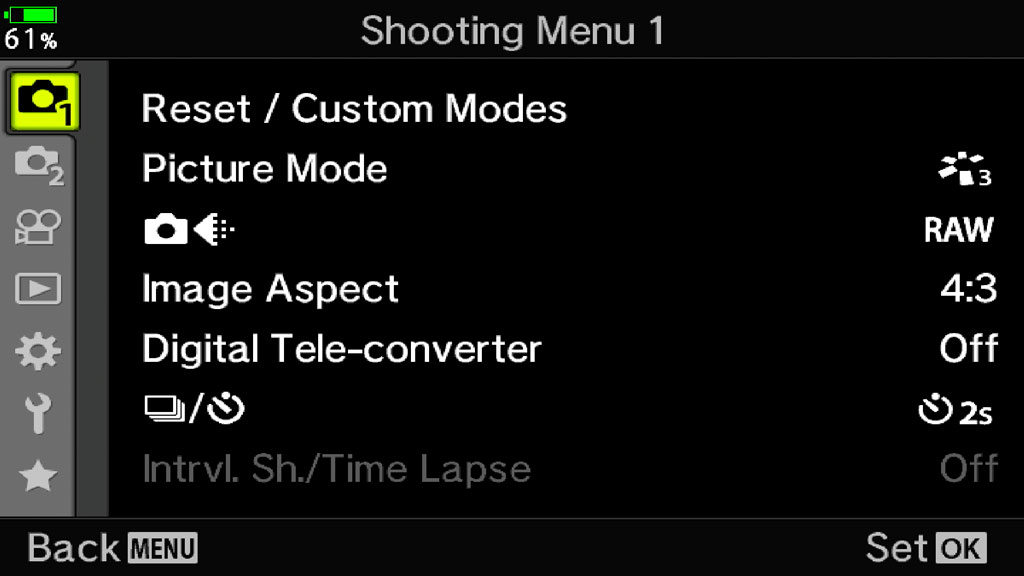
7. Viewfinder / LCD
The OM-1 has a larger viewfinder with more resolution and a faster refresh rate. You can see all the specs in the table below.
EVF
OM-1
OM-5
Panel
0.5-in OLED
0.5-in OLED
Resolution
5.76M
2.36M
Refresh rate
120Hz
60Hz
Magnification
0.82x
0.68x
Eyepoint
21mm
27mm
The rear LCD screen is similar in the sense that it has the same size (3.0-in), is touch sensitive and is fully articulated. That of the OM-1 has more resolution however (1.62M vs 1.04M dots).
8. Battery
The OM-1 uses a larger battery with more capacity, the BLX-1. The official rating is 520 shots per charge, but I got much more than that in real world use. It’s a very good battery.
The OM-5 uses the older and smaller BLS-50, which holds 310 frames per charge officially. Here as well, you can get better results than this but not on the same level as the flagship model.
The OM-1 has a USB C port that accepts charging and power delivery. On the OM-5, the USB 2.0 ports can only charge the battery when the camera is turned off.
9. Cards
The OM-1 can use two SD cards at the same time, and both slots are compatible with the UHS-II standard.
The OM-5 has one slot only, but it is UHS-II compatible.
10. Price
As you can imagine, the OM-1 is more expensive at $2200 £2000 €2200 (body only).
The OM-5 is available for £1200 or €1300 (body only).
Note: prices are as of October 2022.
Conclusion
It doesn’t take much to understand that these two cameras are on different levels.
The OM-1 is the most advanced product currently available. It has a much faster drive speed, a more advanced autofocus, a larger viewfinder, a larger body with more controls, better battery life, and much more. Naturally, it is more expensive, but it is designed for professional or amateurs with a serious passion for photography.
The OM-5’s main strength is the more attractive price, in a package that still offers many features for which Olympus / OM System is well-known, such as 5-axis stabilisation, Live Composite, Live ND, etc.
The only thing you won’t benefit from by getting the OM-1 is better image quality: the new sensor doesn’t extend the dynamic range, nor does it really improve quality at high ISOs. There are more benefits for video, mainly when you record with the H.265 codec, which provides a sharper footage.

